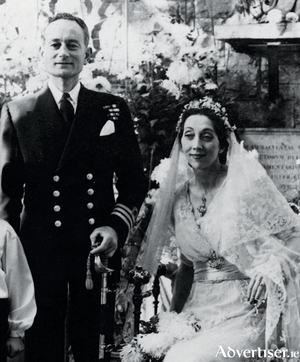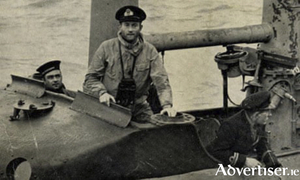Search Results for 'Winston Churchill'
26 results found.
Celebrate ‘Easter on the Estate’ at the gorgeous Glenlo Abbey
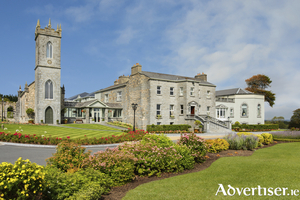
This spring, the team at Glenlo Abbey has two very exciting offerings for you to enjoy with your nearest and dearest.
The Protestant Boys orphanage at Clifden
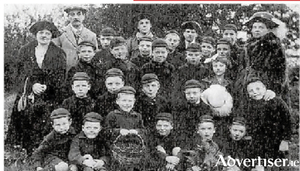
Even though the National Army ousted the anti-Treaty forces from Clifden in August 1922, they had not gone away. They still remained a threatening force, well armed and determined. Ever since the Black and Tan war the so called Connemara Flying Column, still under the leadership of Peter McDonnell, Gerald Bartley and others, were firmly on the anti-Treaty side. They were familiar with the path-ways and mountain hide-outs, which made them virtually invisible in times of pursuit.
‘That Mr James Joyce is a man of genius’
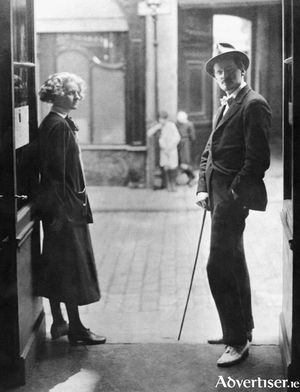
Returning to Paris after an unsuccessful and troublesome visit to Galway in April 1922, Nora and her two children, Georgio (17) and Lucia (15) became aware that fame had come to the Joyces. Three months after its publication, Ulysses was recognised as a work of genius.
Voices from the Irish Free State
Voices of the Free State — an impressive book faturing selected essays from WG Fitzgerald’s The Voice of Ireland almost a century ago will be launched in the city next week.
‘If my sins were many they were interesting’
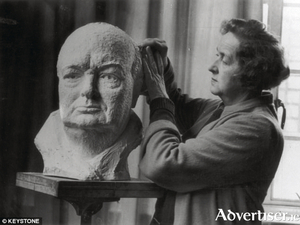
The Lausanne Conference of July 1932, attended by the former allied powers of World War I (Britain, France, Belgium and Italy), and Germany, accepted that the world economic crisis made continued reparations by Germany virtually impossible. Various long-term arrangements were made, but in effect it allowed Germany off the hook for the monetary compensation it had agreed to pay for its responsibility in starting the war. Germany was now free to rebuild its own economy. This was a very importance conference attended by the world press, among whom was Clare Sheridan.
‘Might you be Jackie Coogan’s brother?’
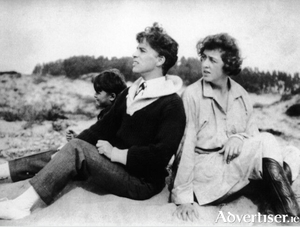
It was not only Winston Churchill who was cross and embarrassed at Clare Sheridan’s adventures in Moscow, London society was both alarmed and intrigued. It was surprised that a member of its upper class should have ventured alone into the viper’s nest. She was invited to balls and receptions mainly as a curiosity. One hostess told her outright that she was nothing but ‘a Bolshevik’, and a suspicion persisted that she was a spy, a fact that Clare did little to contradict. But despite a critical reception on the surface, her book From Mayfair to Moscow* was eagerly snapped up.
How the Bolsheviks got one up on Churchill
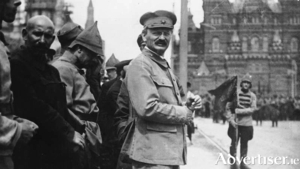
Even among the supreme leaders of Soviet Russia in the 1920s there was fear. When Clare Sheridan, the sculptor who spent her latter years in Galway, was leaving the Moscow War Ministry late one night accompanied by the powerful head of the Red Army and Commissar for Military Affairs, Leon Trotsky, armed soldiers on the bridge at the Neva, stood out on the road, and stopped their car.
‘A charming if financially incompetent adventurer’
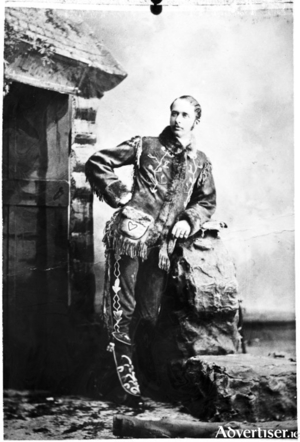
Travelling by rail to Clifden from Galway in the later years of the 19th century was supposed to take about one and a half hours, but it often took much longer. One of its great benefits was to bring anglers and shooters, ramblers and artists through the heart of Connemara, which it did very successfully. The train was quite happy to stop between stations to let people alight to follow their dreams, or to stay with friends who lived close to the railway.
